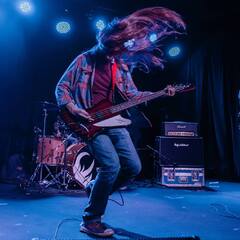systemd wakeup.target
Go to solution
Solved by Nayr438,
12 hours ago, heimdali said:apparently systemd has (not yet?) a wakeup.target which would allow to have stuff done when the computer is woken up from hibernation (or from suspend to RAM or both).
suspend.target hibernate.target hybrid-sleep.target
Try
[Unit] Description=set /sys/power/image_size to zero After=hibernate.target [Service] ExecStart=/bin/bash -c "echo 0 > /sys/power/image_size" [Install] WantedBy=hibernate.target

.png.255947720031a641abdac78e663b681c.png)
















Create an account or sign in to comment
You need to be a member in order to leave a comment
Create an account
Sign up for a new account in our community. It's easy!
Register a new accountSign in
Already have an account? Sign in here.
Sign In Now